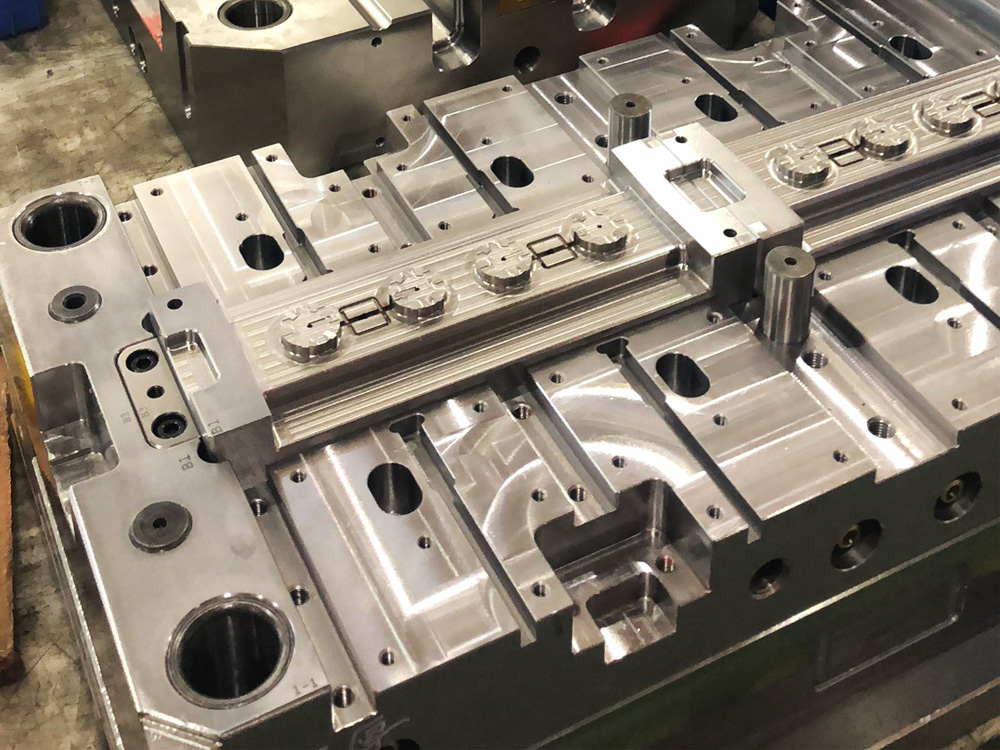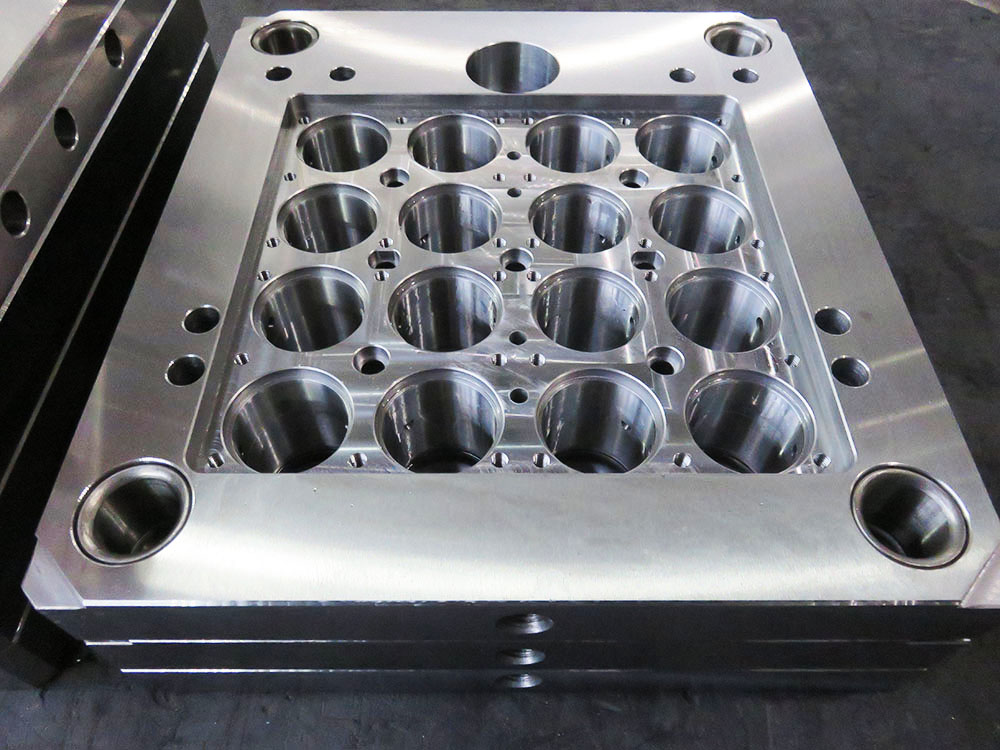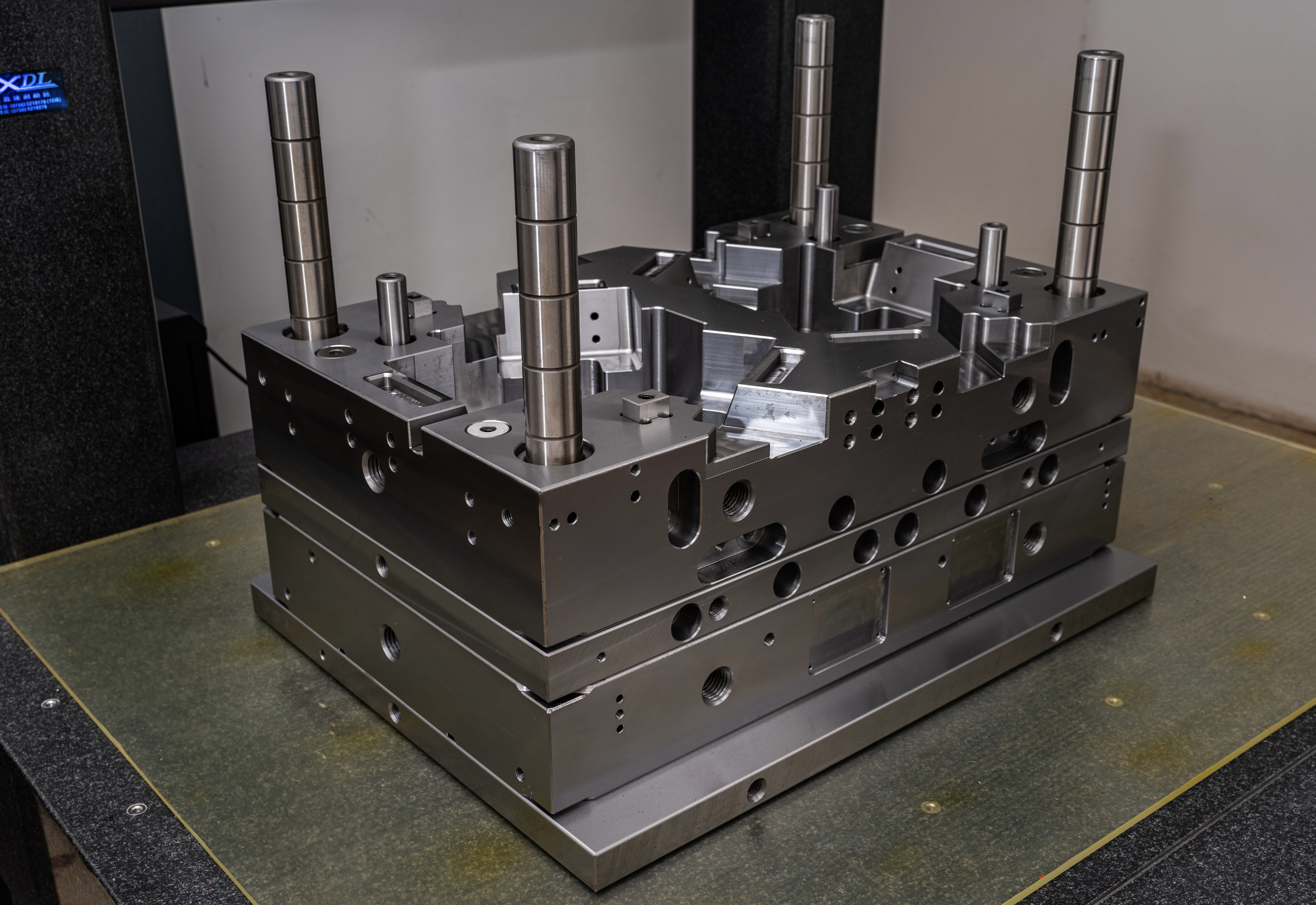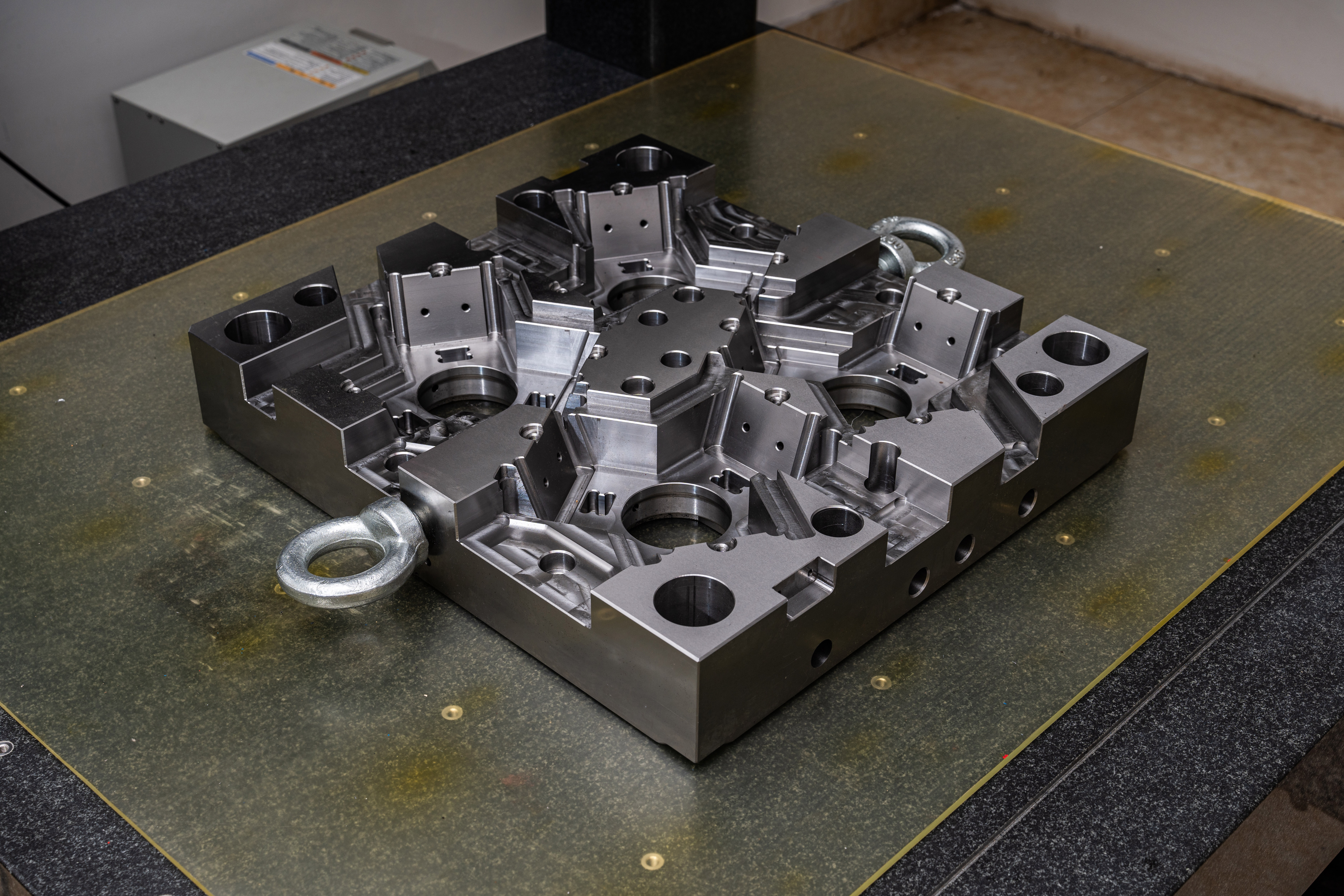How to Choose the Right Standard Module Specification Model in the Mold Base Industry
In the mold base industry, choosing the right standard module specification model is crucial for ensuring efficiency and accuracy in mold design and manufacturing processes. With various models available, it can be challenging to determine the most suitable option for your specific requirements. This article will guide you on how to make an informed decision, considering important factors and considerations.
1. Understand Your Project's Requirements
Before choosing a standard module specification model, it is essential to thoroughly understand your project's requirements. Consider factors such as the complexity of the mold design, the size and shape of the desired product, and any specific features or functions that need to be incorporated. This understanding will help you identify the necessary components and features that the standard module should possess.
2. Research Available Standard Module Options
Research is crucial when selecting a standard module specification model. Explore different manufacturers and suppliers in the industry to identify the range of options available to you. Pay close attention to the reputation, experience, and reliability of the manufacturers. Evaluate their product catalogs, technical specifications, and design capabilities to ensure they can meet your project's requirements.
3. Consider Material and Quality
The material used in the standard module specification model is an important consideration. The most common materials used in mold base manufacturing are aluminum and steel. Aluminum is lightweight, making it suitable for small and medium-sized molds, while steel offers better durability and resistance to wear and tear for larger and more demanding applications. Assess the quality of the materials used and ensure they meet industry standards.
4. Validate Compatibility and Interchangeability
Compatibility and interchangeability are critical factors to consider when choosing a standard module specification model. Ensure that the chosen model is compatible with your existing mold base systems or future expansion plans. Interchangeability allows for flexibility in mold design, repair, and maintenance, enabling quick and cost-effective changes when required.
5. Assess Customization Options
Although standard module specification models offer predefined solutions, it is essential to assess the customization options available. Determine whether the manufacturer can accommodate any specific design modifications or adaptations required for your project. Customization capabilities play a vital role in achieving optimal mold design and ensuring the accuracy and precision of the final product.
6. Evaluate Cost and Lead Time
Cost and lead time are practical considerations when selecting a standard module specification model. Request detailed quotations from different manufacturers, outlining the costs of the modules, customization options, and any additional services required. Evaluate the lead time required for production and delivery, ensuring it aligns with your project timeline.
7. Seek Expert Advice
If you are unsure about which standard module specification model to choose, seek expert advice from mold designers, engineers, or industry professionals. Their experience and knowledge can provide valuable insights and recommendations based on your specific project requirements.
Conclusion
Choosing the right standard module specification model in the mold base industry requires careful consideration of project requirements, available options, material quality, compatibility, customization, cost, and lead time. By following these guidelines and seeking expert advice when necessary, you can make an informed decision that ensures efficient and accurate mold design and manufacturing processes.




